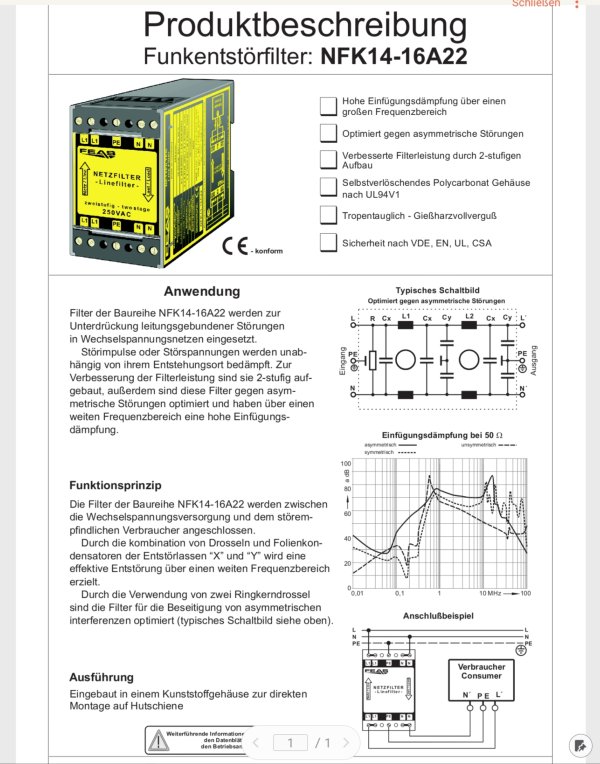I’ll see if I can figure out how to look at them under different time intervals.
The strange thing to me is the discorrelation between the PS audio, smooth wave and the high THD.
The measurement at the sub panel is certainly better than either of the conditioners.
But this doesn’t take into account, at least for the Torus, of the high frequency, filtering it supposedly does.
I think my next step, should be listening to the system without any filtration.
Something is surely wrong with the measurements. IMO once you can't understand one of them, you should not rely on any of them.
If you want to train with the Fluke 345 you can use a power amplifier driven by a virtual generator. I calibrate my system using SpectraPlus with an USB sound card.








